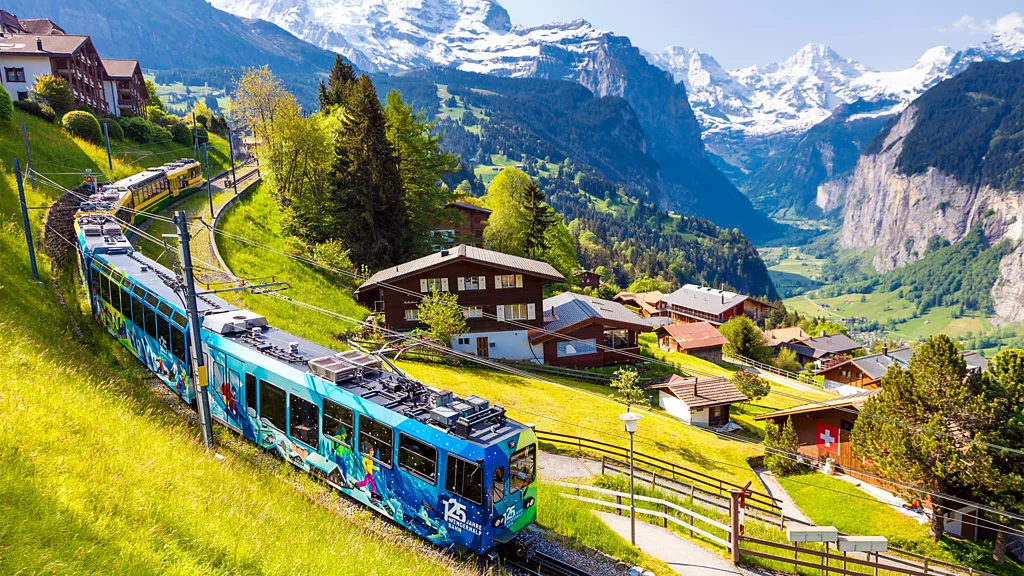Europe is again at the crossroads of a seasonal storm—an intense “summer surge” fueled by extreme heatwaves, a booming post-pandemic travel season, and resurging public health concerns. From overburdened tourist destinations to strained healthcare systems, the continent is deploying a range of responses. How Europe is fighting the summer surge is not just about reactive measures—it’s about rethinking resilience in the face of mounting seasonal pressures.
The Summer Surge: What’s Fueling the Crisis in Europe?
Heatwaves and Climate Extremes
Unprecedented heatwaves are sweeping across Southern and Central Europe, with temperatures reaching as high as 45°C (113°F) in places like Italy, Spain, and Greece. These extremes are not only taxing energy grids and threatening crops but are also sending thousands to hospitals with heat-related illnesses. Emergency declarations and red-alert weather warnings have become the norm in many countries as they brace for more scorching weeks ahead.
A Post-COVID Tourism Boom
Tourism, once devastated by the pandemic, is back in full force. Millions of travelers are flooding iconic European destinations—Paris, Rome, Barcelona, and beyond. But the revival has been double-edged. While it breathes life into local economies, it’s also overwhelming airports, public transport, and city infrastructures that haven’t fully recovered from pandemic-era cuts.
Renewed Public Health Pressures
While COVID-19 is no longer a dominant global threat, localized outbreaks make a quiet comeback in tourist-heavy regions. In addition to respiratory illnesses, hospitals are reporting a rise in heatstroke, dehydration, and pollution-triggered conditions. The summer surge isn’t just environmental or logistical—it’s also a growing public health issue.
How Europe Is Fighting the Summer Surge: Key Responses
Travel and Border Policy Adjustments
To manage the flood of tourists and associated risks, several EU countries have implemented streamlined entry protocols. Digital travel passes, health screening at airports, and advisories for high-risk regions are part of a broader containment effort. Rather than shutting down borders, the strategy focuses on smart regulation and real-time alerts.
Public Health Campaigns and Awareness Drives
Public messaging is playing a central role in how Europe is fighting the summer surge. Governments are leveraging digital platforms, mobile alerts, and public signage to inform citizens and tourists about heat risks, hydration, and mask advisories in crowded spaces. Special emphasis is placed on elderly populations and vulnerable groups.
Boosting Medical and Emergency Infrastructure
In preparation for the summer influx, European countries are deploying pop-up medical centers in tourist-heavy zones, such as coastal resorts and major cities. Emergency departments are extending hours and staffing levels, while mobile medical units are being positioned in regions at risk of wildfires or heat spikes.
Country Spotlights: Effective Local Responses
France
France has reopened public cooling centers in major cities and introduced extended public transportation services to reduce car usage during heat waves. Emergency crews are on high alert, and public fountains and misting zones have become vital urban fixtures.
Spain
Spain has introduced digital heatmaps available via apps and local websites to warn residents and visitors of high-temperature zones. Regions prone to wildfires have enacted temporary access bans and increased fire patrols to prevent disasters.
Germany
Germany is investing in healthcare apps that track symptoms of heat stress and provide real-time updates on air quality. The government is also increasing inspections and outreach for senior citizens, who face the highest risks during extreme heat events.
EU-Wide Coordination: A Continental Defense
The European Union has stepped up by coordinating member states through policy support and emergency funding. Efforts include:
- Green travel corridors to redirect tourists away from saturated cities toward lesser-known regions.
- Sustainability incentives for off-season travel to ease infrastructure stress.
- Climate resilience grants help countries fortify healthcare, transport, and emergency systems against seasonal strain.
By sharing data, resources, and response strategies, the EU aims to build a more unified and adaptive approach to future summer surges.
What Travelers Should Know This Summer
For those planning to visit Europe during the peak season, staying informed is key. Travelers are encouraged to:
- Check local travel advisories and health alerts before departure.
- Carry essential summer supplies like reusable water bottles, sunscreen, and hats.
- Follow heat warnings and avoid outdoor activities during peak afternoon hours.
- Secure travel insurance that covers health emergencies and cancellations due to weather disruptions.
Real-time updates from government health sites, mobile apps, and tourism boards can make the difference between a safe trip and a health emergency.
Conclusion
How Europe is fighting the summer surge is a story of preparation, innovation, and cooperation. As climate extremes become the new norm and global travel rebounds, Europe’s ability to adapt will set the standard for seasonal crisis management around the world. From smarter tourism management to agile healthcare systems, the continent is proving that with the right mix of policy and public engagement, even the hottest summers can be met with cool-headed resilience.
Stay Informed with Trending Stories – Join Our Newsletter Today!


